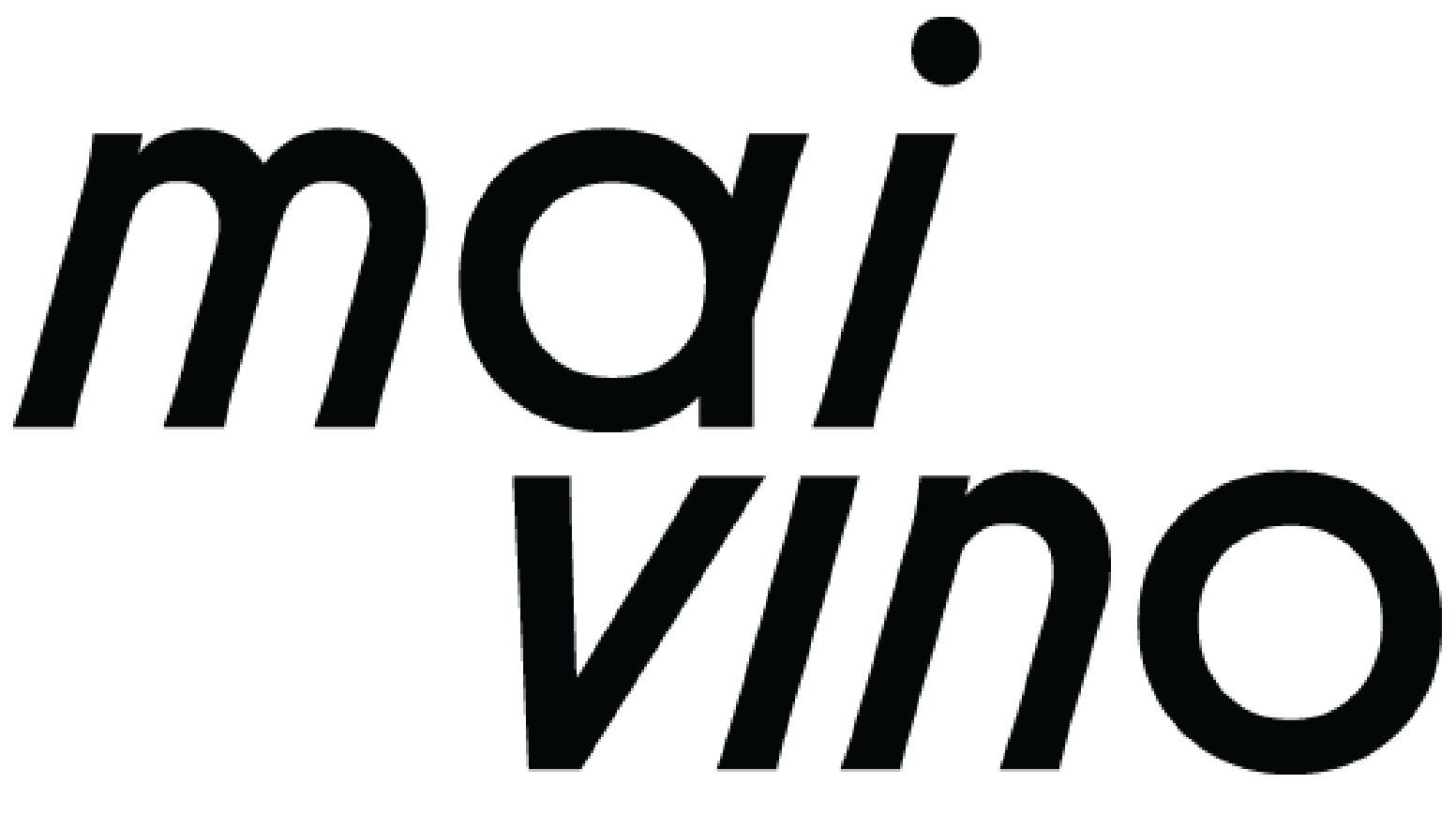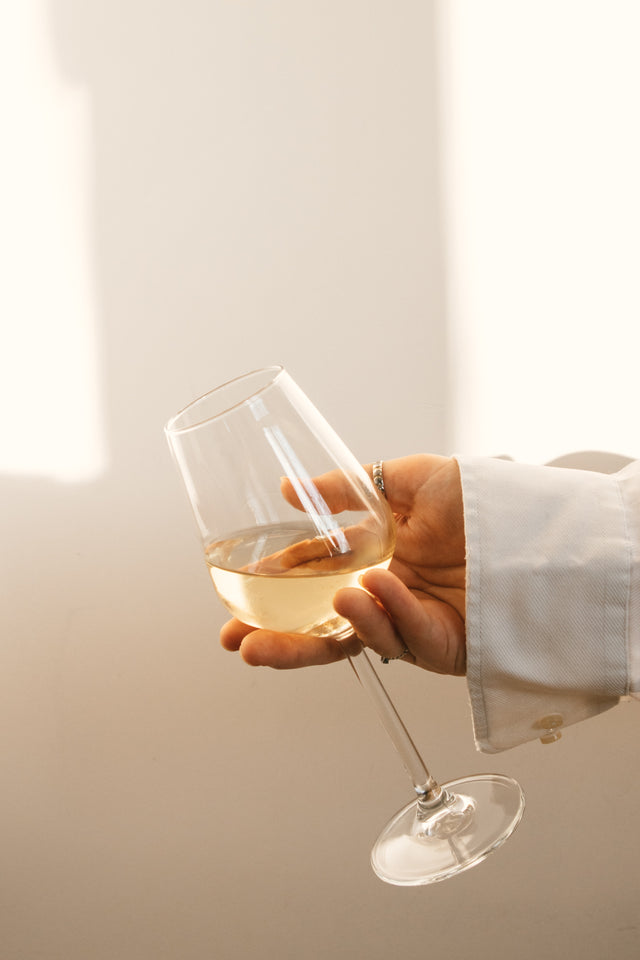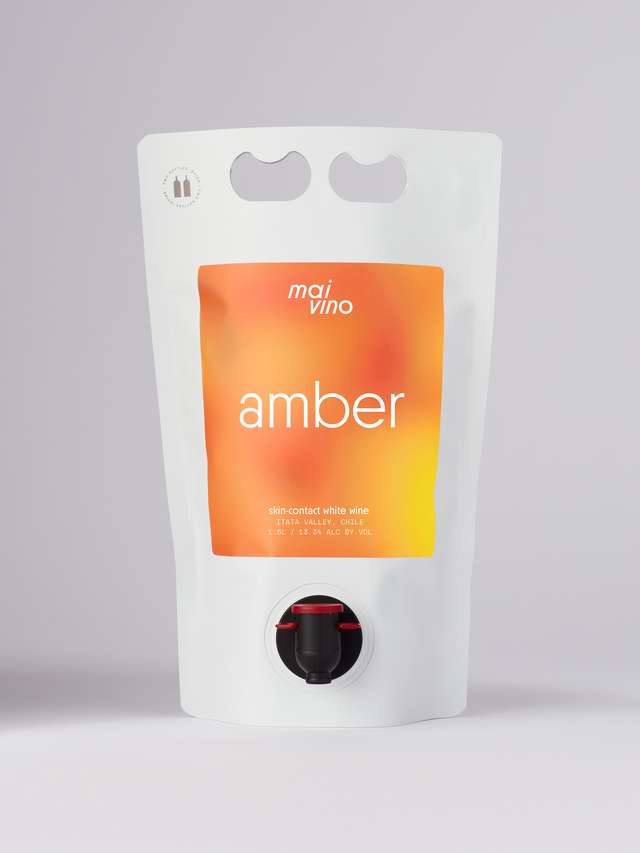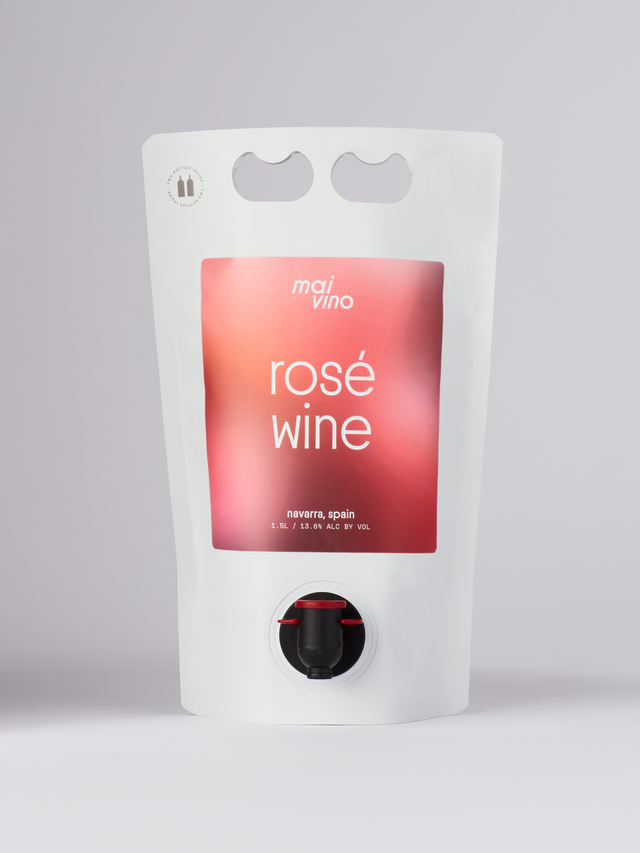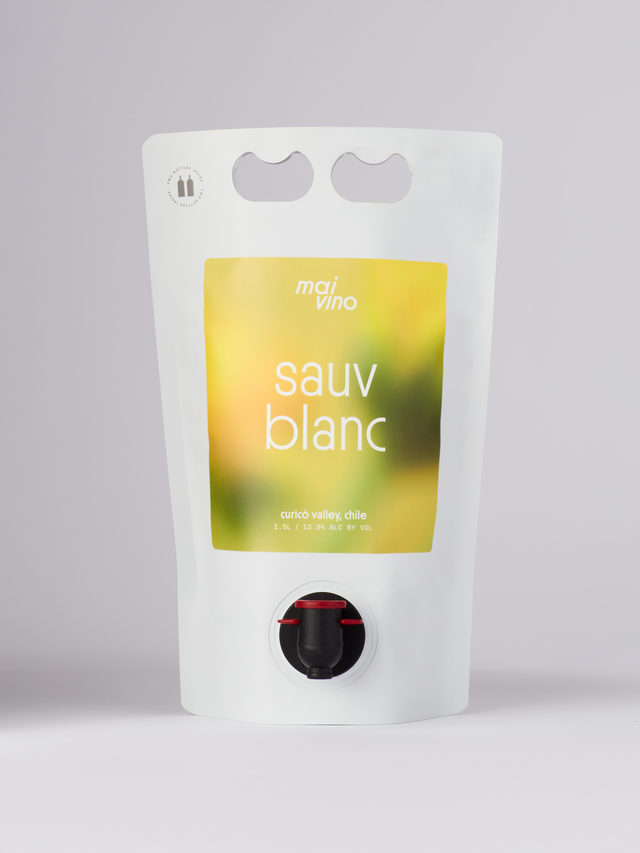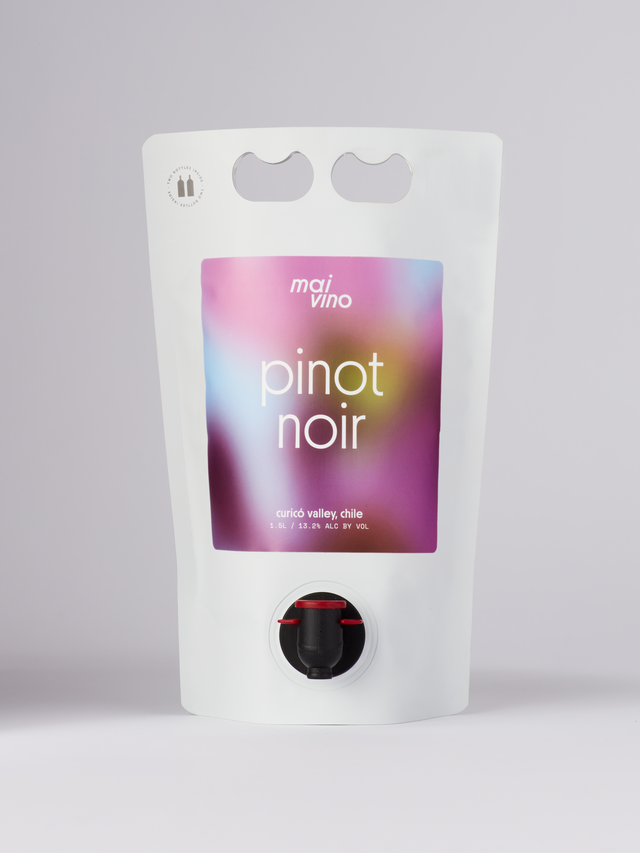Everything you Need to Know about Sauvignon Blanc
Sauvignon Blanc is one of the most prominent white wine grapes. It is a refreshing wine with bright acidity and aromas reminiscent of grapefruit, white peach, and gooseberry. When ripe, this varietal can surprise your senses with scents redolent of tropical fruit, including passion fruit and guava.
While tropical, Sauvignon has a signature herbaceous personality, so you might find flavors of lemongrass, fresh-cut grass, or even bell pepper when sipping.
Let’s talk about this fantastic grape variety and the wine regions specializing in Sauv Blanc. There’s no doubt this is one of the most popular white grapes for wine lovers and connoisseurs alike, so let’s get to know it better.
What is Sauvignon Blanc?
Sauvignon Blanc is a French varietal with high acidity and is native to the Loire Valley, France. Here, winemakers first domesticated the wild vine and soon made it the region’s flagship grape. Sauvignon comes from the French term “Sauvage,” which means wild. Many suspect the grapevine must have thrived in the area long before people inhabited the valley.
You're right if you’re wondering whether this grape is related to Cabernet Sauvignon! DNA testing has proved that the prominent Cabernet Sauvignon, the world’s most planted red grape, is the offspring of Sauvignon Blanc. However, unlike Cabernet, Sauvignon prefers cold climates, along with Chardonnay, Riesling, and Pinot Noir.
Sauvignon Blanc is also typical in Bordeaux, where it is often blended with Sémillon to make wines as prestigious as the sweet Sauternes and the more common white Bordeaux.
Today, Sauvignon Blanc is grown worldwide, and it feels right at home on every continent, especially in regions with cold climates and calcareous soils.
Where Does Sauvignon Blanc Grow?
While historically, the best Sauvignon Blanc has come from the Loire Valley, the appellation Pouilly-Fumé, and neighboring Sancerre, this is only because it is the birthplace of the varietal. This versatile grape has seen widespread success in Northern Italy, Austria, Chile, and the New World. This is thanks to the winemakers in Marlborough, New Zealand, who proved they could make world-class Marlborough Sauvignon Blanc outside France.
Producers in California, in Sonoma County and Napa Valley, have also been making world-class Sauvignon for decades — some even age the wine in oak barrels and call it Fume Blanc.
The same can be said about the white wines from Oregon, where stainless steel fermentation is preferred over oak aging. Chile has also adopted Sauvignon Blanc grapes as its flagship varietal, and the grape has also proved successful in South Africa and Australia. Today, you’ll find Sauvignon Blanc wines from dozens of countries, and it rarely disappoints.
Sauvignon Never Disappoints
Whether you’re into a tropical New Zealand Sauvignon Blanc or a refreshing Sauvignon from Chile, the white grape shows its best side on the table. The wine’s acidity and relatively low alcohol by volume (ABV) make it deliciously food friendly.
Sauvignon’s most successful food pairings include shellfish, goats’ cheese, salads, sushi, white fish, and steamed veggies. Along with sparkling wine, light-bodied red wine, and rosé, a white wine made with Sauvignon Blanc is amongst the most versatile food-wise and pairs with any occasion.
If you want to experience the noble varietal, try Mai Vino’s unique single-origin organic Sauv Blanc. This wine was hand-harvested from the Curicó Valley, Chile, fermented with indigenous yeast, and contains a splash of dry Riesling. The wine is refreshing, zippy, and perfect for all occasions. Try it today!